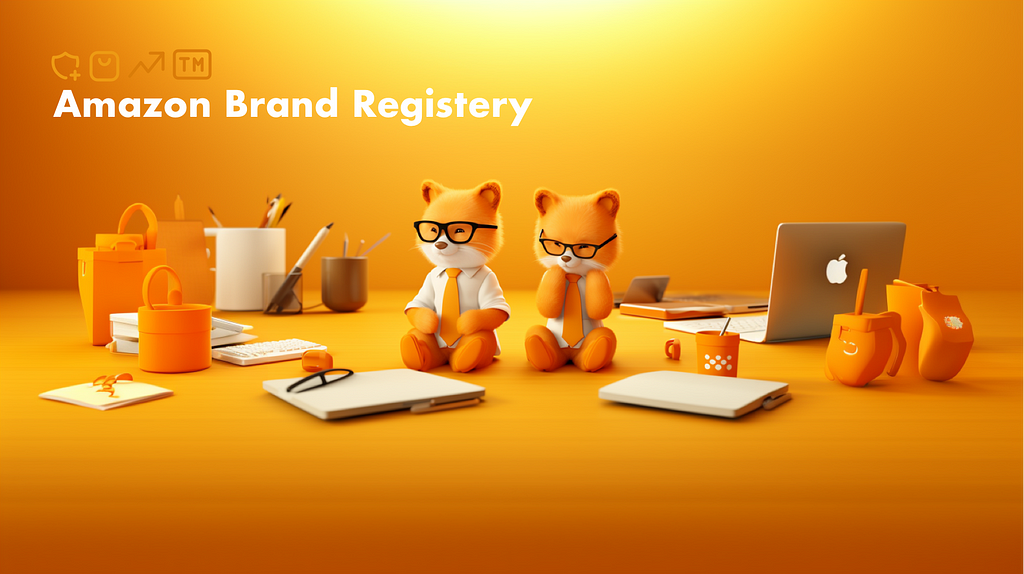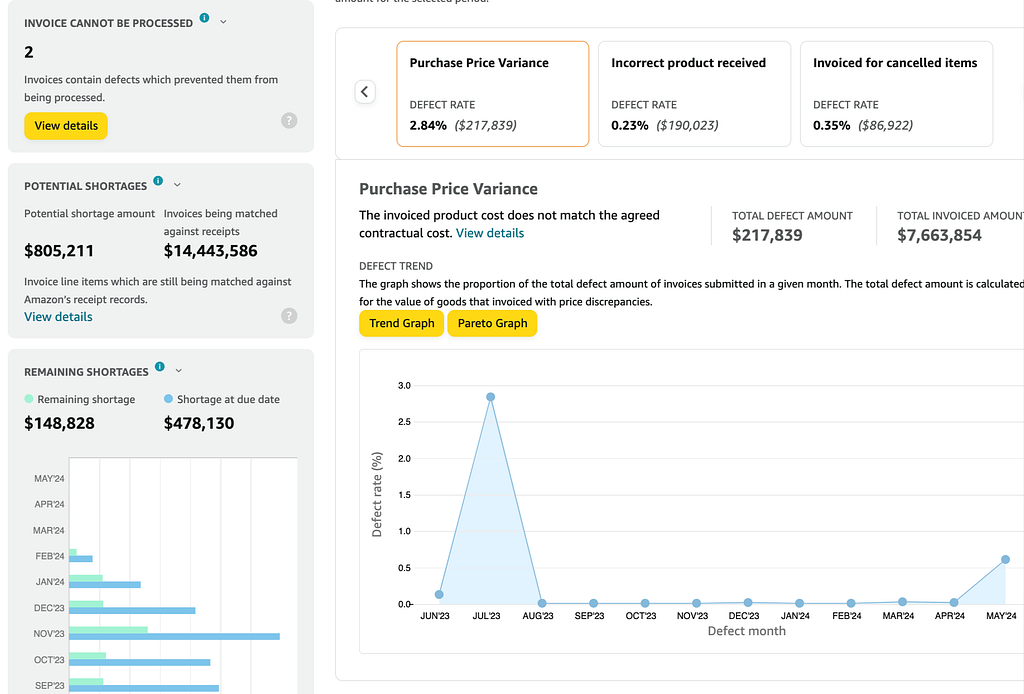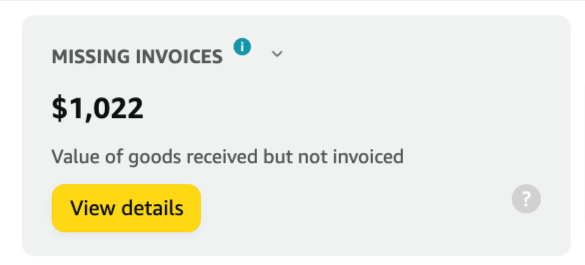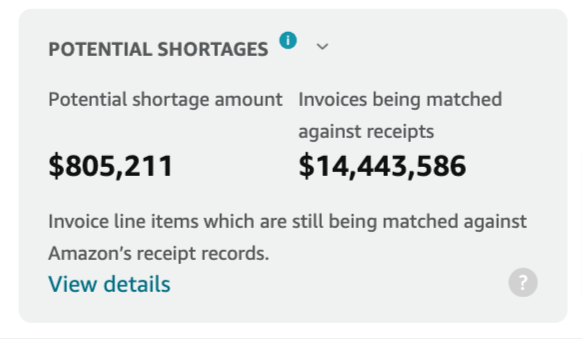
Maximizing Your Reach and Sales Potential with Amazon Advantage
Amazon Advantage is a program designed to help publishers, authors, musicians, filmmakers, studios, and other media content creators expand their reach and boost sales by listing their products directly on Amazon.
By enrolling in Amazon Advantage, you gain access to a suite of tools and features that enable you to manage your operations, marketing, and reporting while tapping into Amazon’s vast customer base and leveraging the power of Amazon Prime.
Is Amazon Advantage more like Vendor Central or Seller Central?
Amazon Advantage is closer to Vendor Central than Seller Central.
Amazon Advantage vs. Vendor Central vs. Seller Central
Amazon Advantage:
- Direct Sales to Amazon: In Amazon Advantage, you sell your products directly to Amazon. Amazon then handles the sales, deliveries, customer service, returns, and refunds, similar to Vendor Central's operations.
- Control Over Listings: While you have some control over product listings and can use promotional tools, Amazon sets the retail price and manages much of the sales process.
- Suitable for: Publishers, authors, musicians, filmmakers, studios, and other media content creators who want to sell physical media products (like books, CDs, DVDs) directly to Amazon.
Vendor Central:
- Wholesale Relationship: In Vendor Central, you operate as a supplier or wholesaler to Amazon. You sell products in bulk to Amazon, and Amazon sells them to customers.
- Amazon’s Responsibility: Amazon handles the pricing, customer service, and logistics.
- Invitation-Only: Vendor Central is typically by invitation only and often involves larger brands and manufacturers.
Seller Central:
- Marketplace Sales: In Seller Central, you sell your products directly to customers on the Amazon marketplace. You are responsible for pricing, customer service, and sometimes fulfillment unless you use Fulfillment by Amazon (FBA).
- Greater Control: Sellers have more control over their listings, pricing, and customer interactions.
- Suitable for: Individual sellers, small businesses, and larger enterprises who want more control over their sales process.
Key Differences
Sales Model:
- Amazon Advantage and Vendor Central: Operate on a wholesale model where you sell to Amazon.
- Seller Central: Operates on a marketplace model where you sell directly to customers.
Control:
- Amazon Advantage and Vendor Central: Amazon controls pricing and customer interactions more.
- Seller Central: Sellers have more control over pricing and customer interactions.
Fulfillment:
- Amazon Advantage and Vendor Central: Amazon manages fulfillment.
- Seller Central: Sellers can manage fulfillment themselves or use FBA.
We mentioned that Amazon Advantage aligns more closely with Vendor Central in selling directly to Amazon, which then sells to the end customers, handling much of the sales and fulfillment process. This contrasts with Seller Central, where sellers have a direct relationship with customers and more control over their listings and pricing.
Key Benefits of Amazon Advantage
- Direct Relationship with Amazon: Amazon Advantage allows you to sell your products directly to Amazon, which then handles the sales, deliveries, customer service, returns, and refunds. This streamlined process saves you time and resources while leveraging Amazon’s trusted brand. Your relationship with Amazon means they also handle the shipping cost, reducing your operational burden.
- Enhanced Visibility: Products listed through Amazon Advantage benefit from Amazon’s “Ships from Amazon.com” and “Sold by Amazon.com” messaging on the product detail page, instilling confidence in potential buyers. This visibility is crucial for increasing sales and reaching new customers, including those who frequent Amazon’s foods market.
- Marketing and Promotional Tools: Amazon Advantage members can utilize features like Lightning Deals, Amazon Advertising, A+ enhanced detail pages, and Vine to drive traffic and increase sales. These tools, available through Vendor Central, improve your product listings and boost visibility. Exclusive deals and prime access are great ways to attract more potential buyers.
- Pre-order Functionality: As long as the release date is confirmed, you can list upcoming titles for pre-order before shipping your inventory to Amazon. This feature helps generate buzz and secure sales before launching your product.
- Amazon Prime Eligibility: Stocking your products in Amazon’s fulfillment centers makes them eligible for Prime shipping, a significant draw for many customers and Amazon Prime members. This benefit enhances customer satisfaction and loyalty.
- Comprehensive Reporting and Insights: Amazon Advantage provides access to valuable data and insights that help you make informed decisions and maximize your sales potential. This includes detailed reports on inventory levels, customer behavior, and sales performance. You can also track your savings and efficiency improvements.
Enrolling in Amazon Advantage
To join the U.S. Amazon Advantage program, you must meet specific requirements, such as having North American distribution rights for your titles, a U.S. address for returns, a valid email address and internet access, and scannable barcodes on every item.
The application process is straightforward, and once approved, you’ll gain access to the Amazon Advantage account on Seller Central, where you can manage your listings, confirm orders, and add new titles.
Costs and Terms
As of August 2023, the U.S. Amazon Advantage program has a non-refundable annual fee of $99. Payments are calculated based on the List Price you set for your products minus Amazon’s purchase discount.
The standard purchase discount for books is 55%, meaning you retain 45% of the List Price. Amazon determines the retail price customers pay and automatically pays you at the end of the month following the month in which your product is sold.
Amazon Advantage vs. Other Amazon Selling Options
While Amazon offers various selling options, such as Kindle Direct Publishing and the Amazon Seller program, Amazon Advantage is particularly well-suited for publishers, authors, and content creators who have physical inventory to ship and want to benefit from Amazon’s fulfillment services and promotional features.
Amazon FBA (Fulfillment by Amazon) is another popular option for sellers, but it may offer a different level of customization and control than Amazon Advantage.
Additional Features
- Amazon Brand Registry: Protect your brand and access powerful tools to enhance product listings.
- Amazon Music and Amazon Prime Day: Leverage special events and platforms to promote your content.
- Gift Cards and Savings: Utilize Amazon’s promotional offers to attract more customers.
- Prime Access and Exclusive Deals: Offer exclusive products and benefits to Prime members, enhancing customer loyalty.
- Rights Reserved and User Agreement: Ensure you comply with Amazon’s terms and protect your intellectual property.
- Storage Fees: To manage your budget effectively, understand the costs of storing your products in Amazon’s fulfillment centers.\
- Amazon Employee Support: Benefit from the support and expertise of Amazon employees who help ensure your success on the platform.
- Shipping Cost Management: Optimize your shipping costs by leveraging Amazon’s logistics network.
- Amazon Team and Newsletter: Stay informed with updates from the Amazon team and newsletters tailored to your needs.
- Engaging Amazon Customers: Build relationships with Amazon customers through exceptional service and high-quality products.
- Reaching Potential Customers: Use Amazon’s platform to reach new potential customers and expand your market.
Considerations
While Amazon Advantage offers numerous benefits, there are some potential drawbacks to consider:
- Annual Fee: Amazon Advantage charges a non-refundable annual fee of $99 for U.S. members, which may be a significant expense for smaller publishers or content creators.
- Limited Control Over Pricing: Amazon determines the retail price customers pay for your products. This means you have less control over pricing strategies and may not be able to run promotions or discounts independently.
- Inventory Management: Although Amazon handles the storage and fulfillment of your products, you are responsible for maintaining adequate inventory levels. Failure to keep up with demand or experience stockouts can negatively impact your sales and customer satisfaction.
- Returns and Refunds: Amazon manages customer returns and refunds on your behalf, which can simplify the process. However, you may have less visibility into the reasons for returns, making it harder to identify and address potential issues with your products.
- Limited Direct Customer Interaction: Since Amazon handles the sales process and customer service, you may have fewer opportunities to build direct relationships with your customers or gather valuable feedback.
- Product Restrictions: Amazon Advantage currently accepts a limited range of physical products, such as books, music, and videos. If you offer digital content or other types of products, you may need to explore alternative selling options.
- Competitive Marketplace: While Amazon’s vast customer base is a significant advantage, it also means you’ll be competing with numerous other publishers and content creators for visibility and sales. Standing out in a crowded marketplace can be challenging.
- Dependence on Amazon: By relying heavily on Amazon Advantage for sales and distribution, you may become dependent on the platform. Any changes to Amazon’s policies, algorithms, or fees could significantly impact your business.
- Payment Terms: Amazon pays vendors at the end of the month following the month in which the product was sold. This means there may be a delay in receiving payment for your sales, which can impact cash flow.
- Limited Customization: While Amazon Advantage allows you to provide product information and some marketing content, the overall selling experience is standardized. You may have less ability to customize your brand’s presentation than selling through your website or other channels.
Before enrolling in Amazon Advantage, consider potential drawbacks. While some drawbacks are similar to other Amazon selling and retail programs, weigh these considerations against the benefits to determine if they align with your business goals and resources.
Summary
Amazon Advantage is a comprehensive and robust program that empowers publishers, authors, and content creators to reach a wider audience, increase sales, and streamline their operations.
By leveraging Amazon’s robust platform, Amazon Prime, and features such as Amazon Brand Registry, Amazon Advantage members can focus on creating exceptional content while leaving the complexities of fulfillment and customer service to Amazon.
Power of Amazon Advantage: A Comprehensive Guide for Publishers, Authors, and Content Creators was originally published in Openbridge on Medium, where people are continuing the conversation by highlighting and responding to this story.
from Openbridge - Medium https://ift.tt/DFJmjyN
via IFTTT










